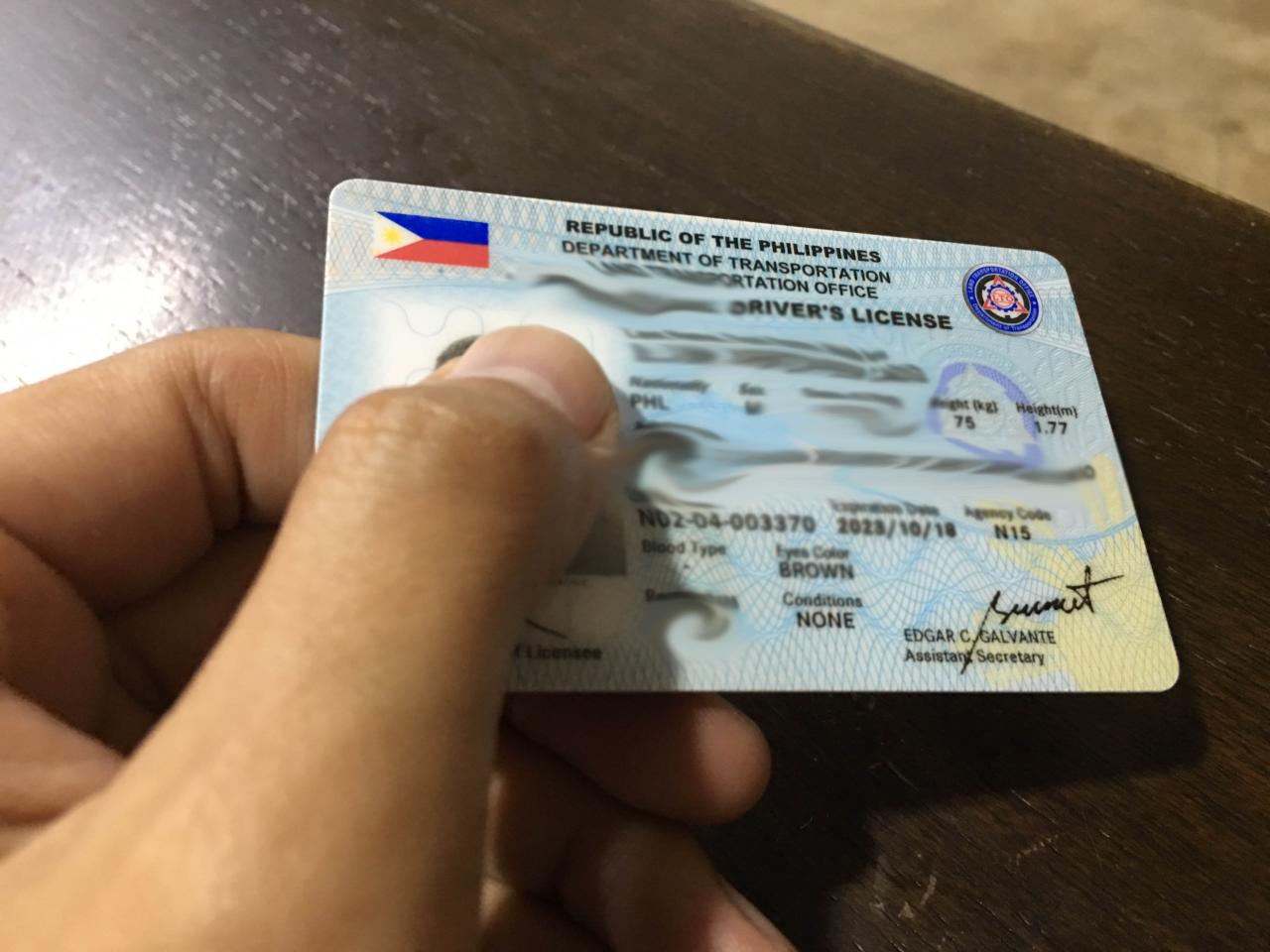A Class R driver’s license is a term that is not universally recognized or used across all states. In fact, the classification of driver’s licenses varies from state to state, and each state has its own system for classifying licenses based on the type of vehicle the license holder is permitted to drive. Therefore, it’s crucial to check with your local Department of Motor Vehicles (DMV) or equivalent agency for the most accurate information.

However, to provide a general understanding, let’s delve into the common classes of driver’s licenses that are typically recognized across many states.
Common Classes of Driver’s Licenses
Navigating the world of driver’s licenses can be a bit like trying to decipher a foreign language. But don’t worry; we’re here to break it down for you. Let’s dive into the common classes of driver’s licenses and what each one allows you to do.
Class A License
A Class A license is your ticket to operating any combination of vehicles with a gross combination weight rating (GCWR) of 26,001 lbs. or more. This includes a towed vehicle that is heavier than 10,000 lbs. With this license, you can drive tractor-trailers, truck and trailer combinations, tankers, livestock carriers, and flatbeds. Imagine being able to transport a herd of cattle across state lines or deliver a shipment of goods in a massive tractor-trailer. That’s the power of a Class A license.
Class B License
Next up is the Class B license. This license permits you to drive a single vehicle with a gross vehicle weight rating (GVWR) of 26,001 lbs. or more while towing an additional vehicle weighing up to 10,000 lbs. This license allows you to drive straight trucks, city buses, tour buses, segmented buses, box trucks, and dump trucks with small trailers. Think of it as your passport to driving large vehicles within city limits or operating a tour bus full of eager tourists.
Class C License
The Class C license is required to drive a vehicle designed to transport 16 or more passengers, including the driver. It is also required for vehicles transporting hazardous materials (HAZMAT). With a Class C license, you can drive passenger vans, small HAZMAT vehicles, and any vehicle that does not fit within Class A or B. This is the license you need if you’re looking to drive a school bus or a van for a local sports team.
Class D License
The Class D license is the most common type of driver’s license. It allows you to operate a vehicle weighing 26,000 pounds or less. This is a non-commercial driver’s license. This is the license that most people have, allowing them to drive regular passenger vehicles, pick-up trucks, or vans.
Motorcycle License
The motorcycle license allows you to operate motorcycles. The specific class or type of motorcycle license can vary by state. This is the license you need if you’re looking to feel the wind in your hair as you cruise down the highway on a motorcycle.
Commercial Driver’s License (CDL)
Finally, the Commercial Driver’s License (CDL) is required for drivers who operate commercial motor vehicles. There are three classes of CDLs: Class A, B, and C, each with its own set of criteria related to what types of commercial vehicles drivers are allowed to operate. This is the license you need if you’re looking to make a career out of driving large commercial vehicles.
| License Class | Vehicle Type | Examples |
|---|---|---|
| Class A | Combination of vehicles with a GCWR of 26,001 lbs. or more | Tractor-trailers, truck and trailer combinations, tankers, livestock carriers, flatbeds |
| Class B | Single vehicle with a GVWR of 26,001 lbs. or more | Straight trucks, city buses, tour buses, segmented buses, box trucks, dump trucks with small trailers |
| Class C | Vehicle designed to transport 16 or more passengers or HAZMAT | Passenger vans, small HAZMAT vehicles |
| Class D | Vehicle weighing 26,000 pounds or less | Regular passenger vehicles, pick-up trucks, vans |
| Motorcycle License | Motorcycles | Varies by state |
| Commercial Driver’s License (CDL) | Commercial motor vehicles | Varies by class (A, B, C) |
Remember, the type of license you need depends on the type of vehicle you plan to drive. Always check with your local DMV or similar authority to ensure you have the correct license for your needs.
Conclusion
While the term “Class R driver’s license” is not universally recognized, understanding the common classes of driver’s licenses can help you navigate the requirements of your local DMV. Always remember to check with your local DMV or equivalent agency for the most accurate and up-to-date information.
